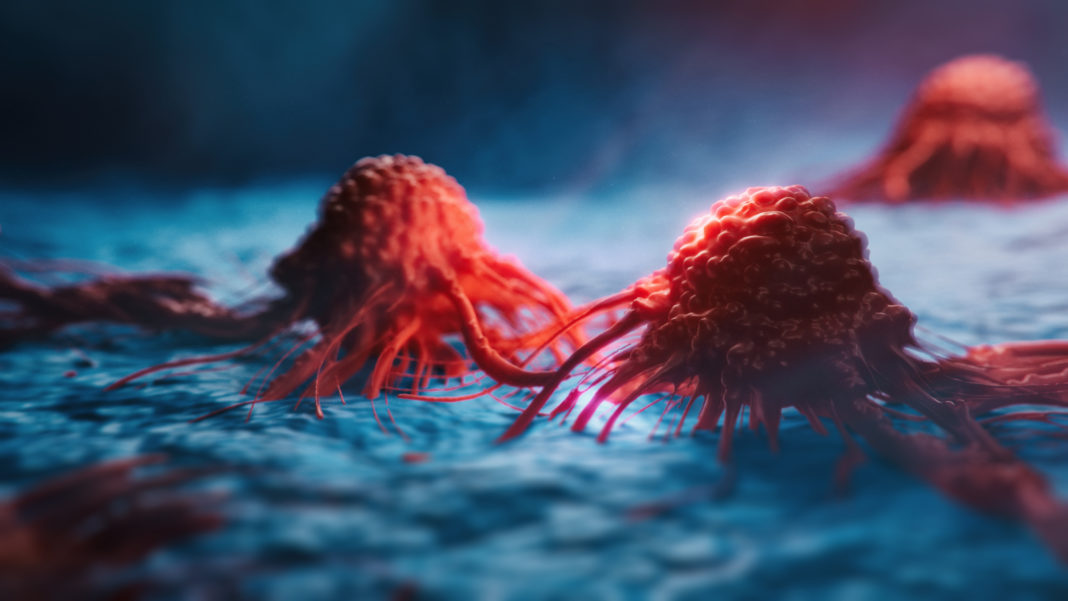A new study by researchers at Karolinska Institutet (KI) demonstrates how extracellular vesicles (EVs) activate the immune system in mice and seem to make their tumors sensitive to a checkpoint inhibitor.
The new findings, “Antigen-Loaded Extracellular Vesicles Induce Responsiveness to Anti-PD-1 and Anti-PD-L1 Treatment in a Checkpoint Refractory Melanoma Model,” are published in Cancer Immunology Research.
“EVs are important mediators of intercellular communication and are potential candidates for cancer immunotherapy,” wrote the researchers. “Immune checkpoint blockade, specifically of the PD-1/PD-L1 axis, mitigates T cell exhaustion, but is only effective in a subset of cancer patients. Reasons for therapy resistance include low primary T-cell activation to cancer antigens, poor antigen presentation, and reduced T-cell infiltration into the tumor. Therefore, combination strategies have been extensively explored. Here, we investigated whether EV therapy could induce susceptibility to anti-PD-1 or -PD-L1 therapy in a checkpoint-refractory B16 melanoma model.”
“It seems that the vesicles make the tumor immunologically active so that the checkpoint therapy can gain purchase and start to work,” said the study’s last author Susanne Gabrielsson, PhD, professor at the department of medicine (Solna), Karolinska Institutet. “These results give support to the further development of extracellular vesicles as a new cancer therapy.”
In earlier studies, the KI researchers have shown that a certain type of extracellular vesicle from immune cells can activate immune T cells and reduce tumor growth in mice.
In the current study, the researchers examined how these vesicles function in a mouse model of a skin cancer that is resistant to checkpoint inhibitor therapy.
When the vesicles were introduced into mice therapeutically to treat their tumors or prophylactically before their tumors had started to develop, they activated their immune systems to produce a strong T-cell response to the cancer protein. The same effect was not achieved if the animals were only given checkpoint inhibitors, and was most pronounced in animals that received a combination of vesicles and checkpoint therapy.
When the treatments were given prophylactically to mice, which gives a longer duration of action, the mice that received the combination treatment showed greater survival than those that only received vesicles.
“Our aim is to be able to use cell lines instead of having to take the patients’ own cells,” she said. “This will mean that the vesicles can be prepared in advance and frozen until needed. We also believe that variants of the treatment could be used for other forms of cancer and other diseases.”


